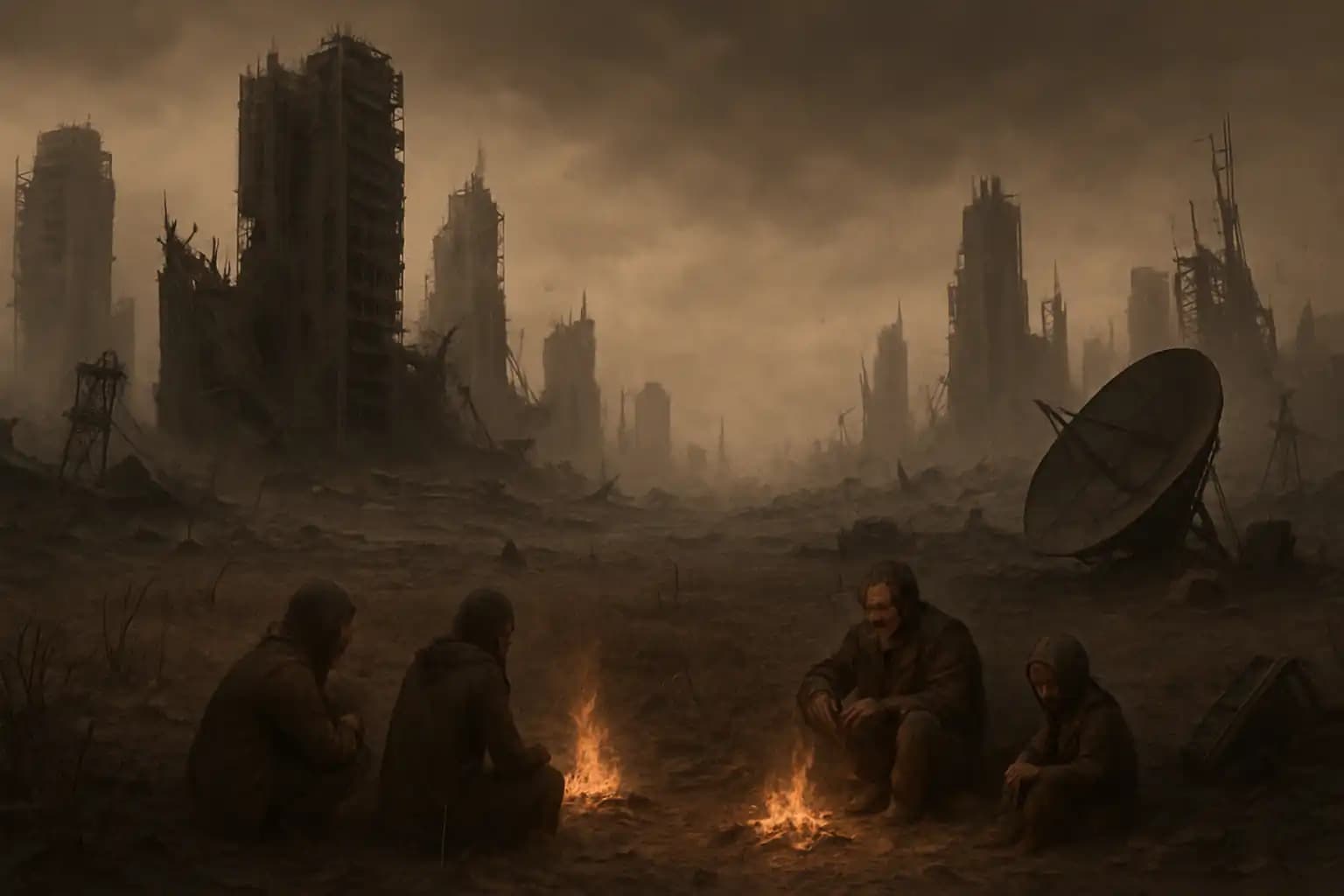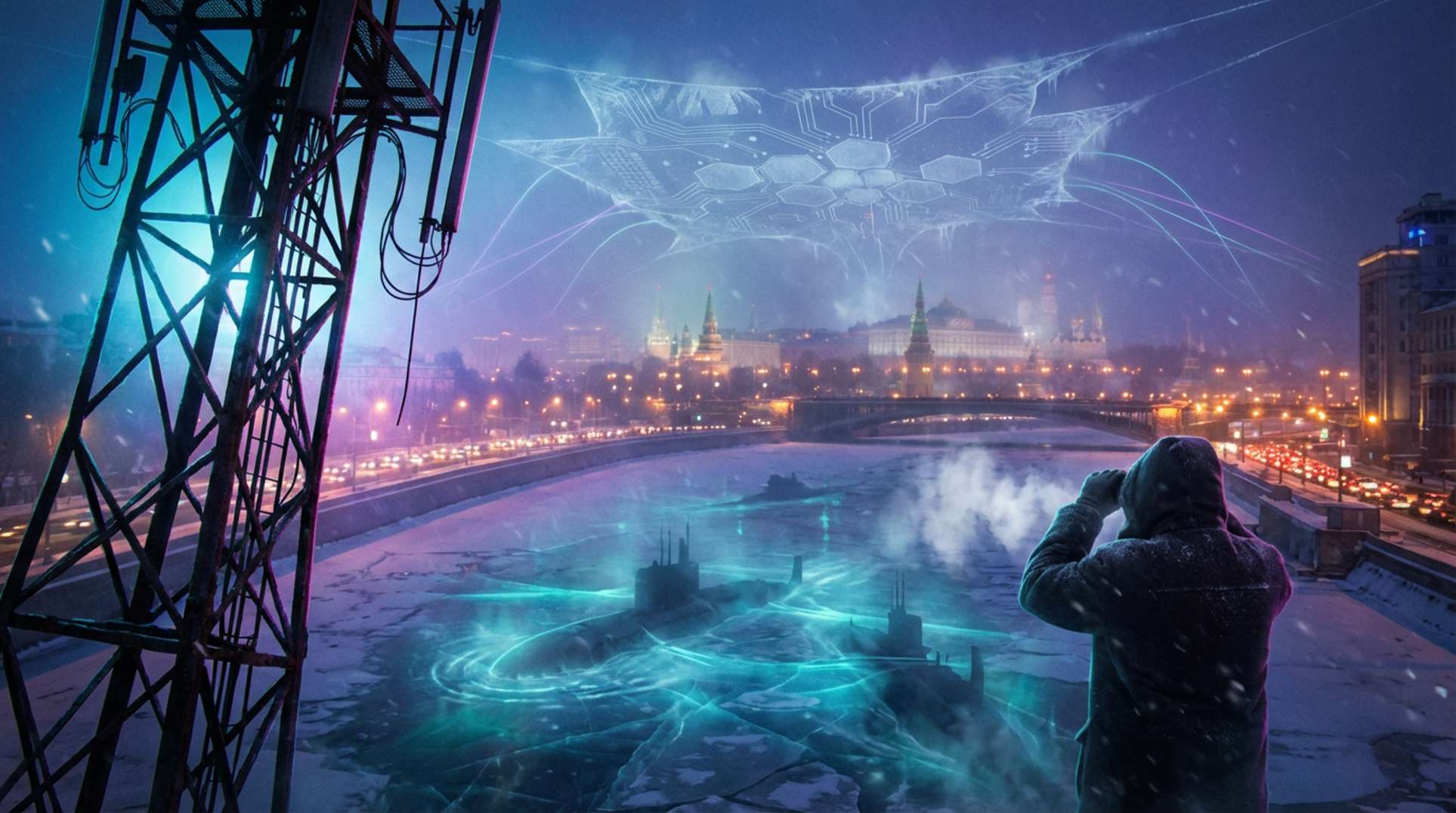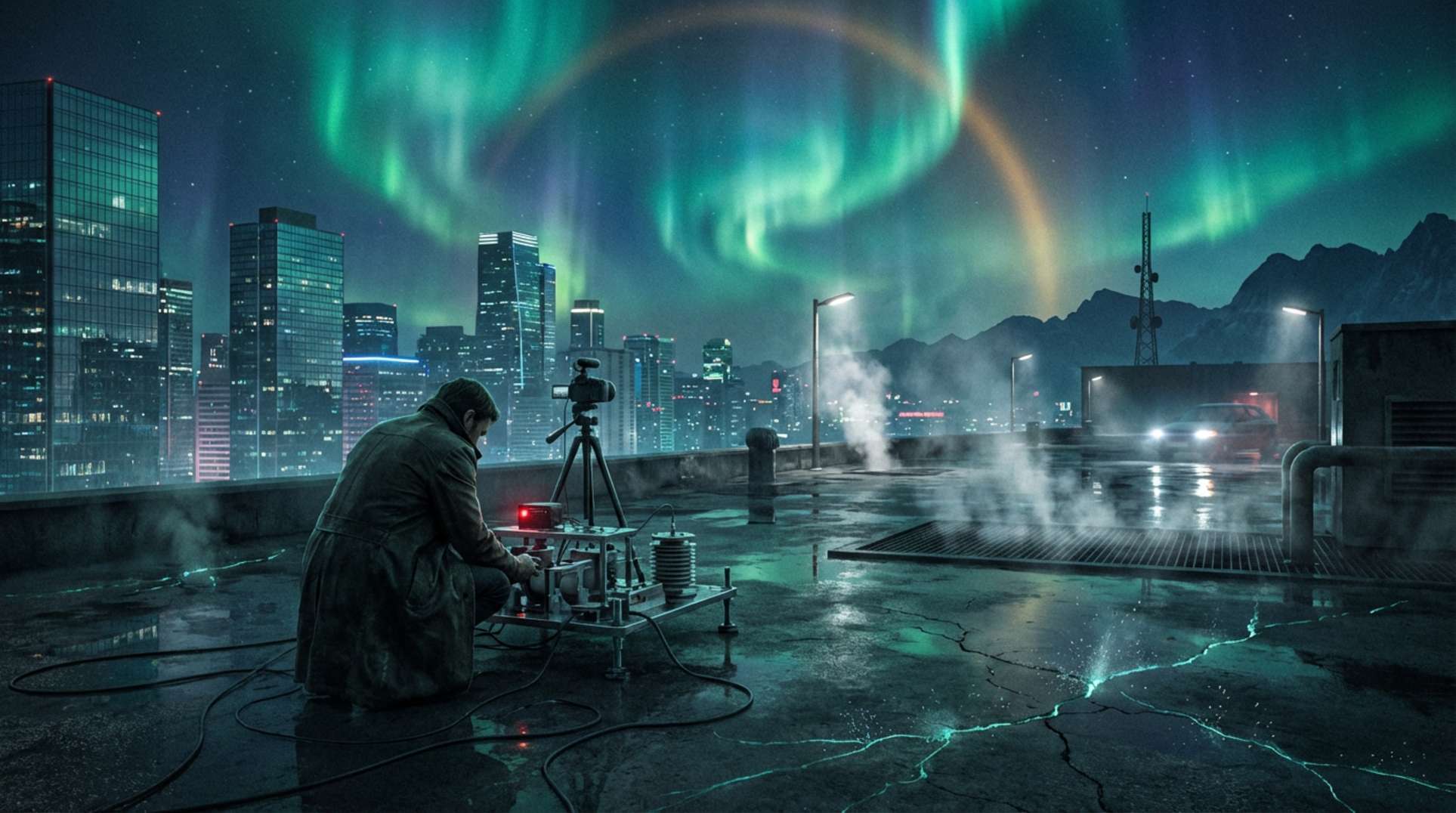The phrase “World War 3” haunts generations. In an age of global arsenals and fragile geopolitics, this nightmare grows closer. If the next great war breaks out and missiles fly, civilization will shatter—first through fire and shock, later through ice, hunger, and chaos. This is not speculative fiction; it’s the consensus among scientists, military strategists, and realistic doomsday planners worldwide.
To see how swiftly order can crumble, examine recent hotspots. Tensions in South Asia, simmering for decades, are assessed in this exposé and detailed in frontline reports. The line between conflict and apocalypse is thinner than ever. While the pope’s terrifying warning raises alarms, the science of nuclear winter sends shivers down spines.
Nuclear Firestorm: The Spark That Burns the World
The first minutes of World War III would not show radar flashes but planetary obliteration. Major cities and infrastructure in the Northern Hemisphere would vanish in nuclear light. Hundreds—if not thousands—of firestorms would inject immense soot into the stratosphere. Studies chronicled in Wikipedia’s analysis outline the physical and economic devastation: collapsing power grids, unbreathable air, and radiation zones sealing off vast areas of Earth.
The “mutual assured destruction” concept quickly leads to bleak survival arithmetic. Even in regions spared direct blasts, shockwaves—refugee crises, broken supply chains, and global panic—would be unavoidable. As noted in the report on global anomalies, we already teeter on the brink of supply chain breakdowns; the aftermath of nuclear war would only quicken the decline.
Nuclear Winter and Famine: The Planet Fights Back
Within weeks, the full disaster scope would become clear—not just in ash-filled silence but in the onset of ‘nuclear winter’. The concept, explained in-depth in this Wikipedia entry, terrifies with its simplicity: soot from firestorms blocks sunlight, plummeting global temperatures and decimating crop yields. The anti-greenhouse effect would slash growing seasons, ruining harvests from Iowa to India.
The numbers are grim: food reserves would rapidly dwindle as famine spreads, a scenario detailed in projections on medical and economic recovery analysis. Attempts to cultivate food in this sun-shielding world would make the Dust Bowl look forgiving. As desperate populations migrate or clash over dwindling resources, disease outbreaks and public order collapses would follow, echoing insights from this assessment of existential risk.
The Collapse of Infrastructure: Welcome to the Global Stone Age
Technology, often our safety net, would offer little support. Civilization’s complexity proves a double-edged sword; when key nodes fail, cascading collapse becomes inevitable. The internet, global supply chains, and electrical grids—already vulnerable to natural and cyber threats, as explored in seismic risk reports—would be devastated. Imagine nuclear plants running without power or staff—many would melt down, prolonging radiation disasters long after the bombs stop falling.
We might retain some knowledge, preserved by preppers, libraries, or whatever remains of the cloud, but practical manufacturing capacity would likely revert to pre-Industrial levels. Fragile communities could cling to snippets of medicine, science, and history, but with scant fuel or infrastructure, high-tech survival would quickly degrade to hand tools and barter.
Civilization Reborn: Is There Hope After the Ashes?
Rebuilding would require a Herculean, multi-generational effort—even assuming humanity avoids extinction. Social structures would splinter into local bands, as outlined in threads discussing rebuilding challenges. Agriculture would revert to basics, while conflict over clean land and uncontaminated water would define a grim new world. History shows that humans have endured and rebuilt before, though often at immense cost. Any hope lies in the possibility that remnants of knowledge and mutual aid might prompt a hesitant return—not to a digital age, but to hard-won community and cooperation.
Until then, the lesson remains harsh: when the next world war shifts from threat to reality, it will not just destroy cities—it will unsettle the narrative of civilization itself. For in-depth coverage, background, and a home for the unblinking watcher, Unexplained.co stands as the prepper’s, the skeptic’s, and the realist’s best ally in uncertain times.




